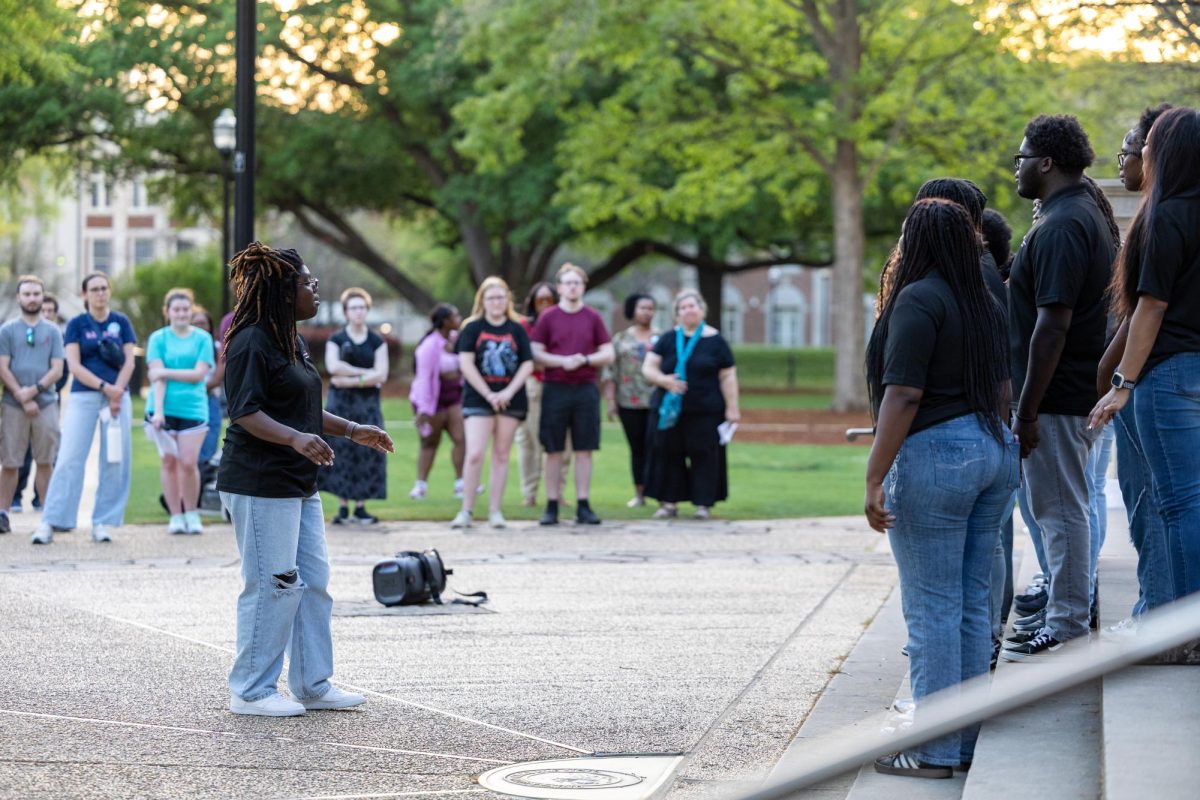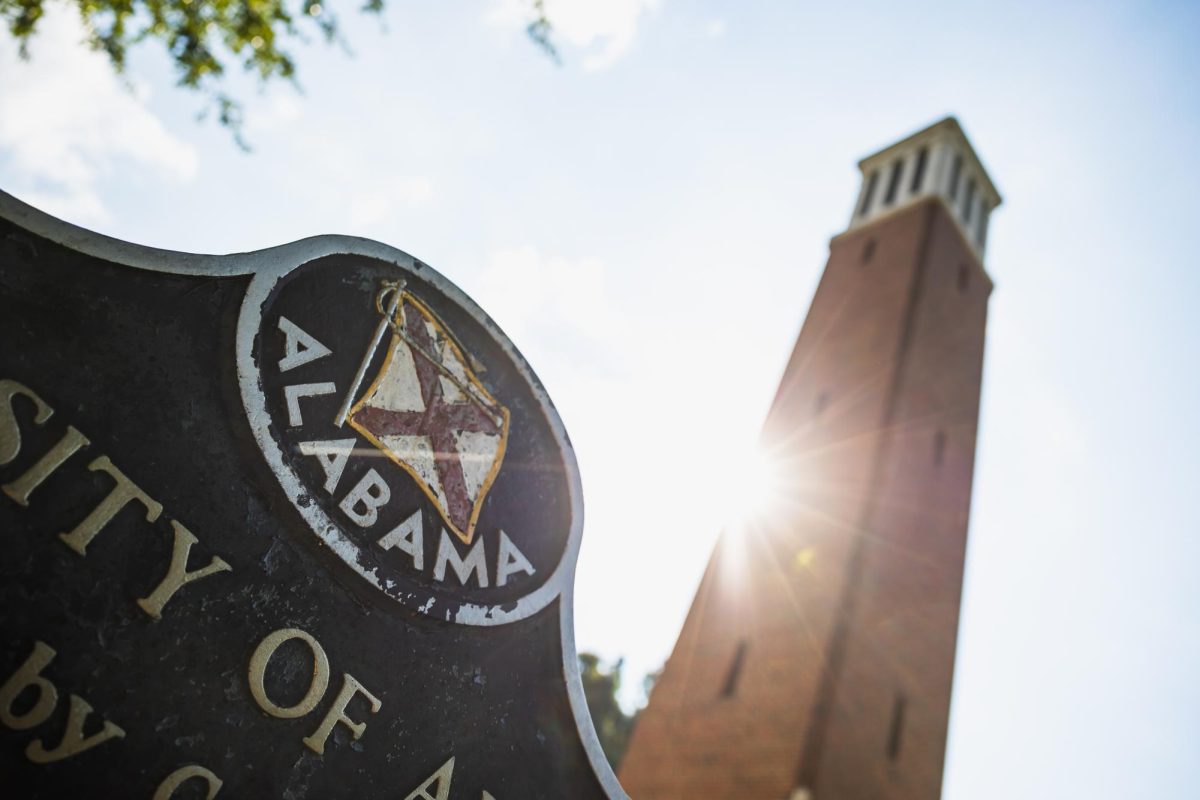According to fall 2010 demographic data released by Southeastern Conference universities, the University of Alabama has the third-lowest percentage of minority students.
Data shows SEC schools remain majority white. The greatest difference within the white ethnic category is Vanderbilt University on the low end, with roughly 55 percent, and the University of Tennessee, where 84 percent of students are white.
In all of the SEC schools, the ethnic groups Hawaiian or Pacific Islander and American Indian or Alaska native make up the smallest amount of the university’s population, most representing less than one percent.
At the University of Alabama, minorities and international students comprise about 20 percent of student enrollment, said Jimmy Williams, associate dean of the College of Arts and Sciences.
More than 955 international students representing 61 countries study, work and live at the University, Williams said.
Jim Bindon, a UA anthropology professor, said diversity on campus is important because it brings different experiences to the classrooms.
“The best discussions I’ve had in my class on race, ethnicity and human variation have been those with international students and with a very diverse class bringing their different experiences in to our class,” Bindon said.
Bindon said he didn’t experience racial discrimination until he was in his late 20s and didn’t realize the extent of his white privilege until much later.
“A classroom full of 20 year olds with my background and experience wouldn’t have much to say about race – or most other social issues facing our country today,” Bindon said. “They may think they do, but the ideas they bring up would still be based on their world experience.”
Having a diverse group of students adds to classroom discussions, Bindon said.
For example, Bindon said, when talking about how Josiah Nott sought to scientifically prove the biological inferiority of Africans in support of southern slavery, it’s different when there are several students who are descendants of slaves or international students who are not familiar with the U.S. history of slavery in the class.
Bindon said for the most part, universities are concerned about keeping an increasing enrollment so that their tuition money grows and that is their primary motivation for paying attention to demographics.
Bindon said the few schools that are actually trying to build diversity, frequently in direct opposition to their boards of trustees or legislators, are doing so for a few reasons.
“One, a diversity of point of views makes for a more stimulating intellectual environment—that diversity should include ethnicity, socioeconomic status, and a variety of other social factors that cause experiential differences allowing for interesting discussions.
“Two, the future of any democracy depends on an informed citizenry—all citizens, not just one ethnicity or social class.
“Three, college is a gateway to community leadership and again, we need diverse leadership both to provide diverse solutions to our problems and to make everyone feel invested in our communities,” Bindon said.
“I benefit and students who share my white privileged background benefit more from having ethnically diverse students on campus more than the minority students benefit – although it might take individuals a long time to realize that,” Bindon said. “I try to accelerate that understanding in my class.”
Coresa Hogan, president of the Black Student Union, said there is plenty of diversity at the University, but we aren’t necessarily tapping in to all it has to offer.
“There are at least ten events per week that a student can take part in to expand their intelligence and view on life,” Hogan said. “I just believe that we are so comfortable in our ‘boxes’ we come here in that we lose sight of the growth we need to gain during out college experience.”
Black students make up about 12 percent of the student population at the University, up almost one percent from 2009.
Hogan said this number is exciting.
“As a leader of an organization that creates opportunities for this demographic, it pleases me to know that there is a larger community out there that we can reach,” Hogan said.
Among the many things the University does to add diversity to campus, William said, is to recruit the best and brightest students from high schools with predominantly minority populations and sponsor a number of multicultural events.
“There are many programs at UA, from departments to the 13 colleges and at the central administration level, which promote diversity,” Williams said. “It is imperative that we continue to assess these programs for their contribution to increasing and recognizing diversity on campus.”
Williams said he believes the University’s accomplishments related to diversity are due in large part to the commitment of a multitude of individuals and organizations, not just one entity which focuses on diversity.
Hogan said the recruitment of minorities has increased significantly and is a direct product of the efforts made by the administration and admissions.
“There are more than enough opportunities for students to get involved,” Hogan said. “The Capstone boasts more than 300 plus student organizations. I would suggest students start looking for groups that not only fit their culture, but their interests. This leaves more room for expanding their options and experiences.”








